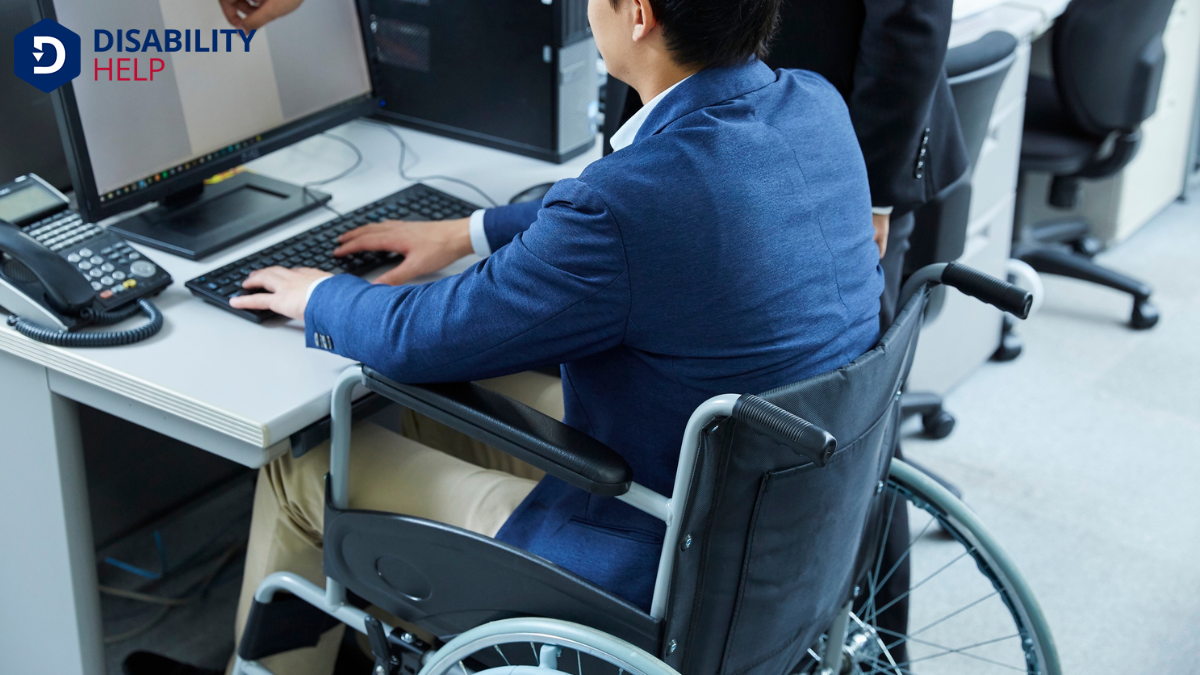When we talk about accessibilityThe design of products, devices, services, or environments to be usable by people with disabilities...., it’s essential to understand the four key categories: perceivable, operable, understandable, and robust. These categories guarantee that digital content is accessible to everyone, regardless of their abilities. By making content perceivable, we guarantee users can see and hear it. Operable means they can interact with it. Understandable content is clear and logical. Robust content works across different platforms. How do these principles shape our digital interactions?
Key Takeaways
- Perceivable accessibility ensures all users can easily perceive and understand content with features like text alternatives and captions.
- Operable accessibility guarantees effective interaction through keyboard access and consistent navigation without time constraints.
- Understandable accessibility focuses on making content clear through plain language, logical organization, and visual aids.
- Robust accessibility ensures content remains usable across platforms and devices as technology evolves.
- Accessibility categories include perceivable, operable, understandable, and robust to accommodate diverse user needs.
Perceivable Accessibility
When we think about perceivable accessibility, it's all about guaranteeing that everyone can easily perceive and understand content, regardless of how they experience the world.
We must consider various sensory needs and preferences to make our content accessible. For instance, providing text alternatives for images guarantees that users with visual impairments receive the same information. We might also use captions and transcripts for audio content, helping those with hearing difficulties.
Color contrast is another vital element. It helps individuals with color blindnessThe inability to distinguish certain colors, typically red and green. or low vision to distinguish and comprehend text.
We should also organize content clearly, using headings and logical structures to guide all users through our material. By prioritizing perceivable accessibility, we're making certain our digital spaces are inclusive and welcoming for everyone.
Operable Accessibility

Operable accessibility guarantees that all users can interact with digital interfaces effectively and efficiently. It focuses on guaranteeing that people, regardless of their abilities, can navigate and use websites or applications without barriers.
We should design interactive elements like buttons, links, and forms so they’re accessible via keyboards, screen readers, or other assistive technologies. This means avoiding time constraints that could pressure users and guaranteeing that content doesn’t require specific physical actions like swiping or shaking.
Consider the importance of consistent navigation and easily identifiable actions. For instance, providing keyboard shortcuts improves efficiency for those who can’t use a mouse.
We should also guarantee that users can pause, stop, or hide moving content to reduce distractions. By prioritizing operability, we create a more inclusive digital environment.
Understandable Accessibility
To guarantee understandable accessibility, we need to focus on making content clear and comprehensible for all users. This involves using plain language, organizing information logically, and providing explanations for complex concepts.
When we keep sentence structures simple and avoid jargon, we help everyone, including those with cognitive disabilities, to grasp the material easily.
Visual aids like images and diagrams can further clarify content. We should also ascertain that our web pages and applications provide consistent navigation and predictable functionality. For instance, placing menus in the same location across pages helps users find what they’re looking for without confusion.
Ultimately, our goal is to create an inclusive environment where everyone can access information effortlessly and make informed decisions based on what they understand.
Robust Accessibility
How do we guarantee our digital content remains accessible as technology evolves?
Robust accessibility guarantees that our content works across various platforms, devices, and assistive technologies.
We achieve this by using web standards and guaranteeing our code is clean and well-structured.
This approach helps content remain usable as new technologies develop.
Conclusion
In our exploration of accessibility, we've seen how essential it is to guarantee that digital content is perceivable, operable, understandable, and robust. By focusing on these four categories, we can create a more inclusive online experience for everyone. Let's commit to designing interfaces that are easily seen, interacted with, and understood, while also guaranteeing compatibility across various platforms. Together, we can make the digital world accessible to all, breaking down barriers and fostering inclusivity.






